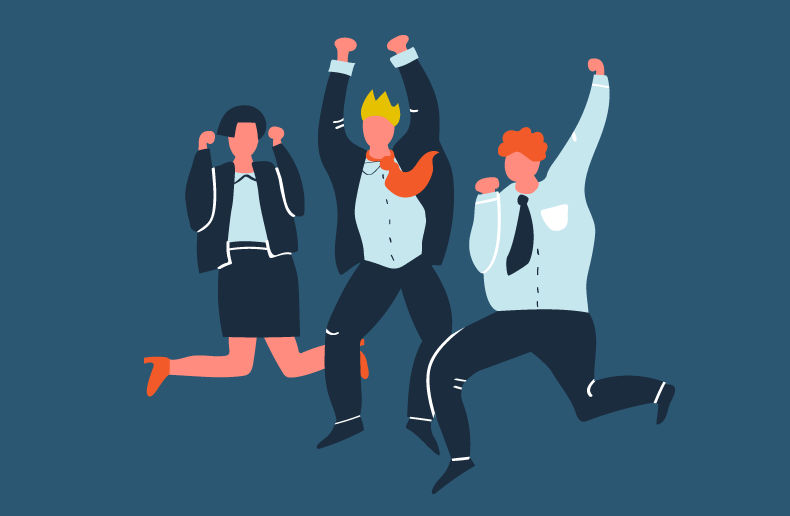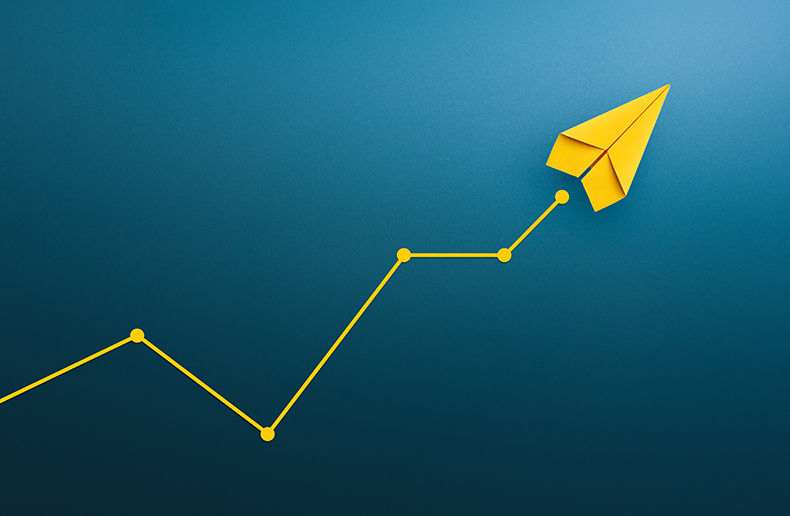A new whitepaper from Aon plc asserts that the rise of diversity, equity and inclusion (DEI) mandates demands that employers rethink and redefine their group benefits programs.
Entitled Diversity, Equity and Inclusion: A New Approach to Employee Benefits, the whitepaper also argues that incorporating changes that align with a company’s DEI goals is a key opportunity to contribute to more positive business outcomes. They argue that DEI should be included in conversations about what group benefit coverages should be offered, how costs will be managed and how group plans will evolve over time.
“Knowing what your organization wants to achieve in the DEI space informs what needs to be done,” they write. “The goals will differ in each organization.” They continue, saying employers must redefine their benefits offerings from the ground up. “They must ensure it is free of bias and genuinely promotes employee health and security in an inclusive and equitable manner.”
More, they say “when DEI is not made part of the governing philosophy of a benefits plan, the question must be asked whether that lack of action on the benefits front threatens organizations’ DEI goals or ESG (environmental, social, governance) position.”
The paper looks at aligning benefits goals with organizational goals, the need to pay close attention to demographic and labour force trends, the need to take an impartial look at whether structural biases exist in benefits plans and what assumptions were made about the employee population when the plan was designed. It looks at the makeup of labour force growth in Canada, at social and economic factors influencing health outcomes, at equity and equality in benefits (and the risks of designing a plan with “average” users in mind), the need for flexibility in plan design, and offers a list of action items to consider.
“Incorporating DE&I into benefits plans is a long-game commitment. The issues have broad reach,” they add. “Incorporating the principles of DE&I is a process of incremental change. It may require you to start, stop, regroup, and start again. This might need to be done more than once. It is an evolution that involves ongoing attention and analysis.”







